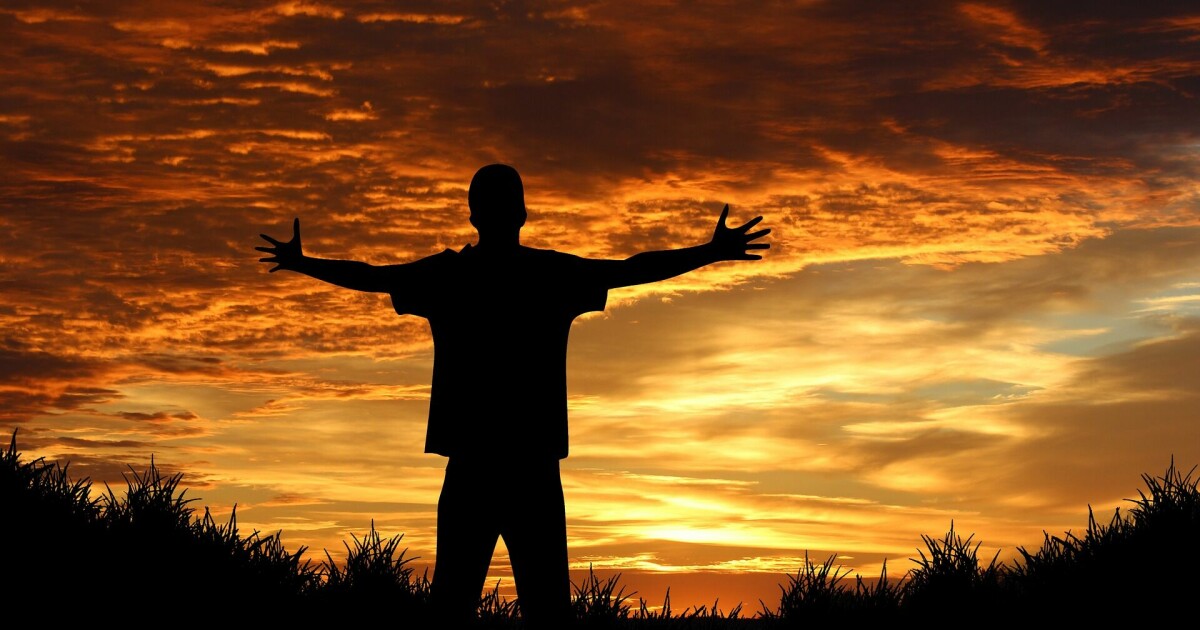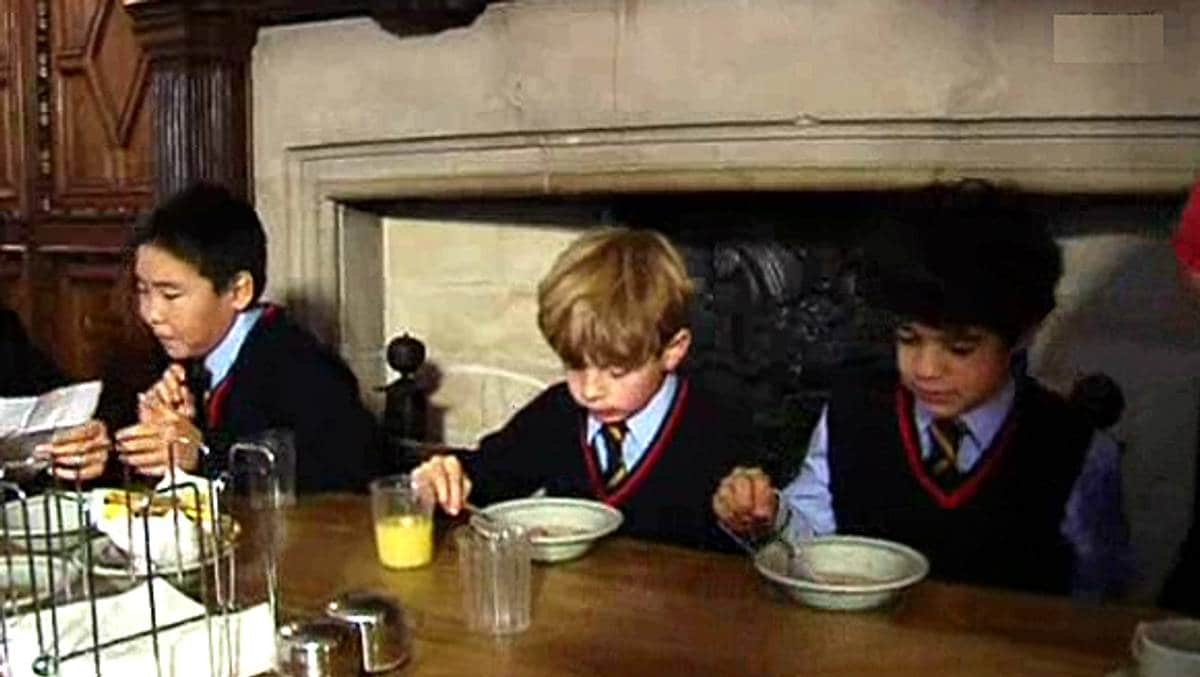Debate: Many children and young people have no more information about diagnoses such as anxiety and ADHD than what they find on TikTok.
The first thing kids learn about mental health shouldn’t come from self-diagnosis videos on TikTok.
Issues related to anxiety, depression, eating disorders, suicidal thoughts and self-harm emerged as common content among influencers. The lack of transparency around these subjects has long been a barrier that had to be broken down. Fortunately, there are far fewer taboos surrounding mental health issues today. Children and young people are encouraged to talk to someone and not face demanding emotions alone. But what skills do children and young people need to better manage adversity, loss and change? How can they deal with all the feelings they can finally talk about more openly?
For many children and young people, TikTok trends are the information they have about diagnoses such as anxiety and ADHD. There’s a lot to be said for the trends and intentions behind many of these videos. However, more children and young people could have filtered out what is correct and appropriate in the videos and what is not, if they had had a basic skill and a conscious relationship with their own mental health. It’s about understanding the biology and processes in the brain, being able to identify and reflect on your own feelings, and most importantly what is “normally” painful and difficult and what you need assistance.
Also read: School can affect students’ mental health both positively and negatively
While influencers and social media represent children’s first encounter with mental health and reflection on their own feelings, many may end up wandering off, feeling stressed, and needlessly seeking help with day-to-day conditions. They may think they have a diagnosis when everything they feel is completely normal. Another big problem with the culture of sharing is the lack of stories about what actually helps. As long as we focus on mental health only to share that we are suffering, we will not progress.
Where should young people learn? Who is responsible? The school must dare to take mental health seriously, for real. School is the only arena where all children and young people come together. At school, we can create the psychosocial environment where children and young people can have the opportunity to understand the connections between how they feel and what they act, and to see their mental health in the light of lives they have lived and the challenges they have faced. Here they can also learn coping strategies that help them when they are going through a difficult time and when they need to ask for help.
We are in the midst of a professional renewal with an increased focus on mental health themes across all disciplines. Faced with the demanding responsibility for the mental health of children and young people, I fear that many teachers only talk about it, but are not necessarily better equipped to meet and support students in difficulty.
It is therefore not enough to introduce adaptation to life as a subject to be taught, teachers must be equipped so that they know how they can best be a support in difficult encounters with the complex and demanding emotions of children. They must be trained to manage this responsibility and acquire good appreciative communication techniques.
Arrangements should also be made for teachers to have the time to get to know children and support them more in their lives, academically, socially and emotionally. Coping with life should not be taught. It must be shown, seen and yes, also shared.

“Tv guru. Analyst. Lifelong alcohol junkie. Friendly bacon specialist. Twitter nerd.”







